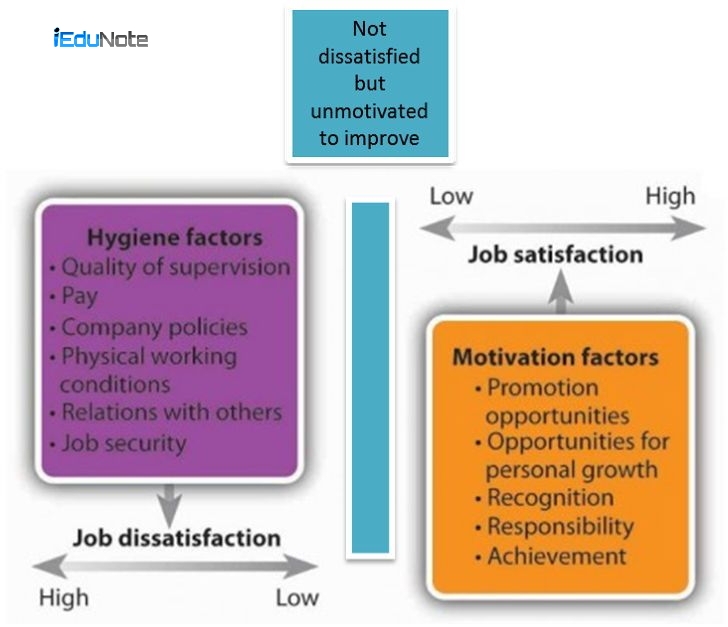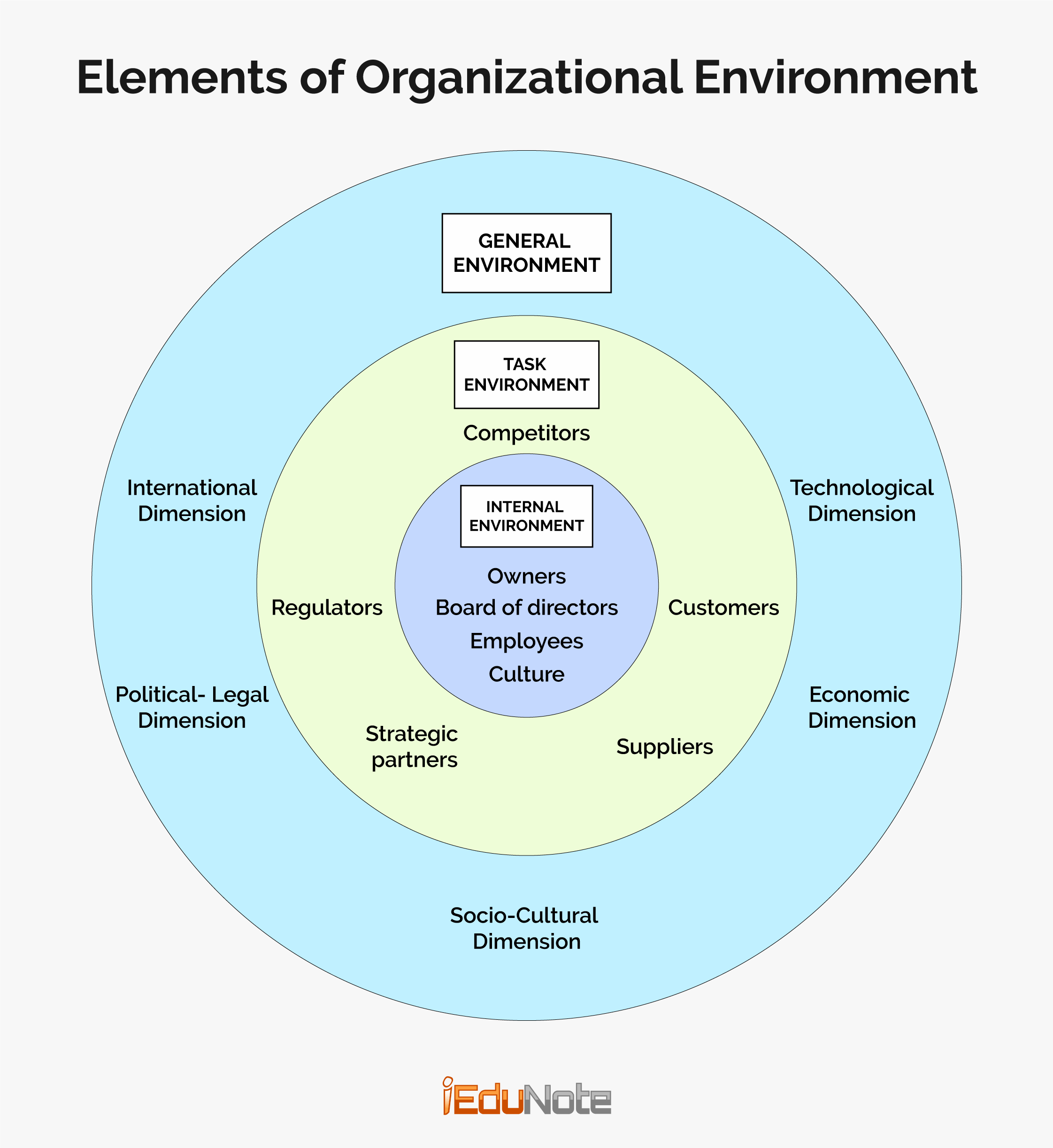Herzberg’s two-factor theory of motivation is based on two types of factors. These factors are satisfiers (motivational) and dissatisfy (maintenance or hygiene). Frederick Herzberg’s two-factor theory is also known as the motivation-hygiene theory.
Frederick Herzberg a well-known management theorist developed a specific content theory of work motivation; developed his theory by interviewing 200 accountants and engineers employed by firms in and around Pitsburg in the 1950s.
The purpose of his study was to find out what people want, and what motivates them. He asked them to recall occasions when they had been satisfied and motivated and occasions when they had been dissatisfied and unmotivated.
Surprisingly, he found that different sets of factors were associated with satisfied and with dissatisfaction that is, a person might identify “low pay” as causing dissatisfaction but would not necessarily mention “high pay” as a cause of satisfaction.
Instead, different factors such as recognition or accomplishment-were cited as causing satisfaction and motivation. Proposed by psychologist Frederick Herzberg when he investigated the question, “What do people want from their jobs?”
He asked people to describe, in detail, situations in which they felt exceptionally good or bad about their jobs. These responses were then tabulated and categorized.
Herzberg’s motivation theory is based on two types of factors. These factors are satisfiers (motivational) and dissatisfy (maintenance or hygiene).
Dissatisfied include the factors of company policy and administration, salary, supervision, working conditions, interpersonal relations, status, job security, and personal life.
However; dissatisfies are not motivators.
The satisfiers are motivators and therefore related to job content. They include factors like achievement, recognition, challenging work, advancement, responsibility and growth in the job. Their existence yields feelings of satisfaction.

The first group of factors is called maintenance factors.
Their presence will not motivate people, yet they must be present. They provide an almost neutral feeling among the people of an organization, but their withdrawal or absence creates dissatisfaction.
The second group, or the job content factors, are found to be the real motivators; because they have the potential of yielding a sense of satisfaction.
To summarize the Two-factor theory;
- Intrinsic or satisfiers (motivational) factors, such as advancement, recognition, responsibility, and achievement seem to be related to job satisfaction.
- Dissatisfied respondents tended to cite extrinsic or hygiene (maintenance) factors, such as supervision, pay, company policies, and working conditions.
- The opposite of satisfaction is not dissatisfaction.
- Removing dissatisfying characteristics from a job does not necessarily make the job satisfying.
Job satisfaction factors are separate and distinct from job dissatisfaction factors. Managers who eliminate job dissatisfaction factors may not necessarily bring about motivation.
When hygiene factors are adequate, people will not be dissatisfied; neither will they be satisfied. To motivate people, emphasize factors intrinsically rewarding that are associated with the work itself or to outcomes directly derived from it.
Criticism of Herzberg’s Two Factor Theory:
Herzberg’s theory has, however, been criticized by many authors. The criticism of the theory is based on the following points.
- The factors leading to satisfaction and dissatisfaction are not different from each other. It has been contended that achievement, recognition, and responsibility are important for both satisfaction and dissatisfaction, while such dimensions as security, salary, and working conditions are less important;
- The two-factor theory is an over-simplification of the true relationship between motivation and dissatisfaction. Several studies showed that one factor can cause job satisfaction for one person and job dissatisfaction for another.
- Herzberg’s inference regarding differences between satisfiers and motivators cannot be completely accepted. People generally attribute the causes of satisfaction to their achievements. But more likely they attribute their dissatisfaction to obstacles presented by the company’s policies or superiors than to their deficiencies.
Though Herzberg’s theory has met severe criticism, it has cast a new light on the content of work motivation. It has contributed substantially to Maslow’s ideas and made them more applicable to the work situation. It has also contributed to job design techniques or job enrichment.
Regardless of criticisms, Herzberg’s theory has been widely read, and few managers are unfamiliar with his recommendations. The popularity of vertically expanding jobs to allow workers greater responsibility can probably be attributed to Herzberg’s findings.

